The Golden Age of Science Fiction: Rendezvous with Rama by Arthur C. Clarke
The Seiun Awards are often described as the “Japanese Hugo Awards” since they are voted on by the membership of annual Japanese Science Fiction Convention. This description almost invariably is followed up by pointing out that Seiun is Japanese for Nebula. A Seiun Award for Best Foreign Novel and Best Foreign Short Fiction has been presented since 1970, although in 1980, the year being explored in this series, no Short Fiction Seiun was awarded. The first Seiun Award for Best Novel was presented to J.G. Ballard’s The Crystal World (originally published in 1966) and the first award for Short Fiction was presented to Thomas M. Disch for “The Squirrel Cage,” published in the same year. Because the awards are presented for works in translation, there is generally a lag of a few years from first publication. For many years, the Seiun Award foreign categories were presented at Worldcon as part of the Hugo Award ceremony.
Arthur C. Clarke’s Rendezvous with Rama was first published in 1973 and by the time it was translated into Japanese, it had won the Nebula Award, the Hugo Award, the Locus Award, and the BSFA Award. In a Locus Poll in 1975, it was ranked the 20th best novel in science fiction history.
Primarily a novel about the exploration of a Big Dumb Object, a term coined by Roz Kaveny in her 1981 essay “Science Fiction in the 1970s,” Clarke’s primary goal seems to have been to engage the reader’s sense of wonder, which he has done admirably. While Clarke’s characters have tended towards the wooden, in Rendezvous with Rama, he attempts to humanize Captain Norton by providing glimpses into his personal life, maintaining families on both Earth and Mars, however his letters to two wives intrudes on the narrative just as it does on his own explorations. In fact, none of Clarke’s characters really have relationships, they just fill in a template for their roles as captain, explorer, doctor, scientist, etc., never really connecting to anyone on a human level.
Rama is a massive alien spacecraft on a trajectory through our solar system which will only give a fortunately placed crew a brief period of time to explore it before it leaves the solar system. The enjoyment of the work doesn’t come from the characters (or lack thereof) or the politics or even any scientific speculation. It comes entire from the sense of wonder Clarke can create as he reveals bits and pieces of the alien creation to the team of astronauts exploring it.
Although there is some suspense, most of it is clearly manufactured, one of the astronauts exploring on his own gets into trouble, the Hermians, humans on Mercury, decide they should destroy Rama, even with the exploration crew on it, and finally, a mad dash as Rama appears to be shutting down, the only really organic conflict that Clarke introduces in the novel.
One of the intriguing things about Rendezvous with Rama is that while it is a novel to fill the reader with wonder and sense of exploration, it is not a novel intent on answering any of the questions that it raises. The characters in the novel, and by extension the readers, know little more about the purpose of Rama and its origin at the end of the novel than at the beginning of the novel.
In the end, Clarke sets up his novel to be the first book of a trilogy, although he wouldn’t return to it until 1989, when he and Gentry Lee coauthored the novel Rama II and subsequently The Garden of Rama and Rama Revealed. Lee would return to the series without Clarke for the novels Bright Messengers and Double Full Moon.
 Steven H Silver is a sixteen-time Hugo Award nominee and was the publisher of the Hugo-nominated fanzine Argentus as well as the editor and publisher of ISFiC Press for 8 years. He has also edited books for DAW, NESFA Press, and ZNB. He began publishing short fiction in 2008 and his most recently published story is “Webinar: Web Sites” in The Tangled Web. His most recent anthology, Alternate Peace was published in June. Steven has chaired the first Midwest Construction, Windycon three times, and the SFWA Nebula Conference 6 times, as well as serving as the Event Coordinator for SFWA. He was programming chair for Chicon 2000 and Vice Chair of Chicon 7.
Steven H Silver is a sixteen-time Hugo Award nominee and was the publisher of the Hugo-nominated fanzine Argentus as well as the editor and publisher of ISFiC Press for 8 years. He has also edited books for DAW, NESFA Press, and ZNB. He began publishing short fiction in 2008 and his most recently published story is “Webinar: Web Sites” in The Tangled Web. His most recent anthology, Alternate Peace was published in June. Steven has chaired the first Midwest Construction, Windycon three times, and the SFWA Nebula Conference 6 times, as well as serving as the Event Coordinator for SFWA. He was programming chair for Chicon 2000 and Vice Chair of Chicon 7.
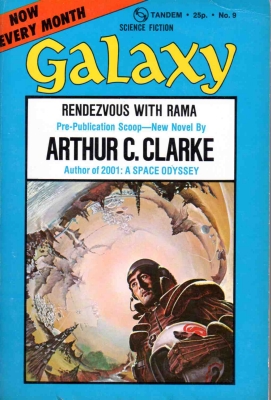
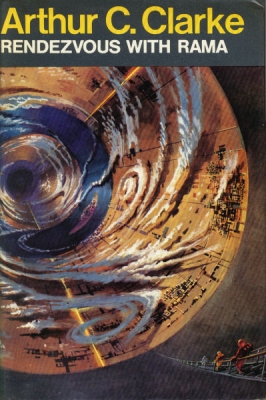
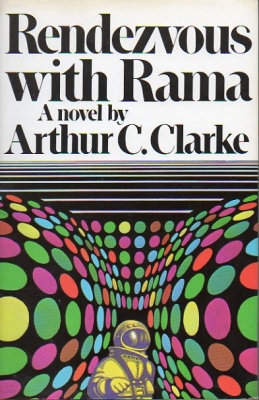
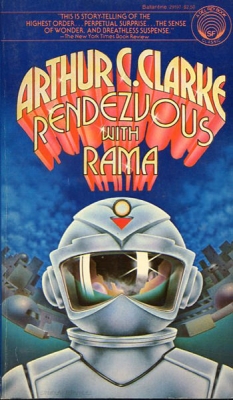
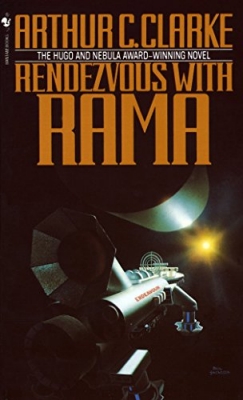
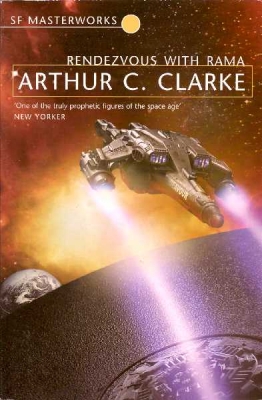
Clarke was another one of my public library staples back in the day; I’m pretty sure that Hal Siegel cover is the one that I was checking out.
By the time this came out I was pretty much over reading Clarke, and when I got to this one I was underwhelmed. Niven was much more interesting!
I neglected Clarke (with the exception of Childhood’s End and a few of his most famous short stories) during my own Golden Age (I was born in 1960) and I’ve been rectifying that over the past several years; I got around to Rama last year. I enjoyed it a lot. I especially liked Clarke’s courage in keeping Rama an almost complete mystery.